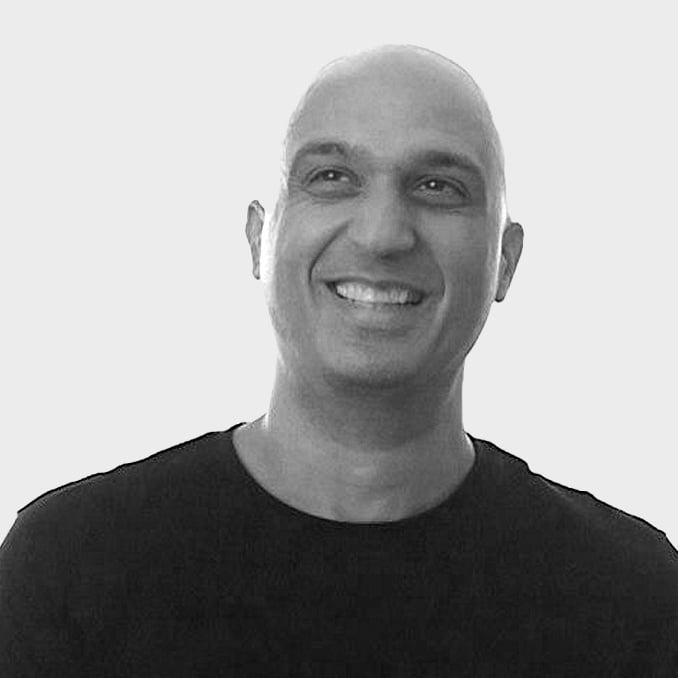Takeaways From the 2017 Open edX Conference in Madrid
Having been a sponsor of every Open edX conference since the inaugural one in 2015, this year’s conference felt simultaneously very familiar and very new. It was familiar to see so many old friends from the community and so many leaders from edX. What was new started with the venue -- University of Carlos III Madrid in, you guessed it, Madrid, Spain. But I was also surprised to see more than 500 attendees; the largest attendance of any Open edX conference.
There were nearly 50 speakers, including keynotes Nick van Dam, the Global Chief Learning Officer at McKinsey & Company, and Kiron Open Higher Education Co-founder Vincent Zimmer. Topics ranged from pedagogy and adaptive learning to corporate learning and policy.
I myself covered how ExtensionEngine helped the University of Notre Dame use Open edX and complementary technologies for what we believe is the first degreed online master's program built on Open edX.
The biggest takeaways? I've got three:
1. The Open edX community continues to grow at great speed.
And I don’t just mean the number of attendees at the conference. If you look at the uses of Open edX, there are now more than 5,000 courses taught across 350 sites that reach more than 11 million students worldwide. To put that into perspective, there are 11 million users on edX.org, the destination website so the open source community is now as large as the free destination. I wouldn’t be surprised to learn that the Open edX community is larger than edX.org at next year’s conference. In the short- to medium-term, I wonder if the growing size and diversity of the Open edX community will start to have an impact on the platform roadmap?
2. Open edX is becoming “credit grade”.
Which means that it is now able to support for-credit university degree programs, as evidenced by Notre Dame launching a new online degree program in data science using the Open edX platform. edX has launched the MicroMasters™ program and now has more than 30 which start on edX.org and can continue with the institution for credit (and I suspect some or many of these may end up on Open edX).
3. Online learning is becoming a really crowded field.
It seems that in the past few years it has gone from something that a few institutions were experimenting with to something that almost every university is doing something pretty serious with. And it’s not just universities. There are corporations and nonprofits all making for an incredibly crowded market and a lot of options for online learners.
I read recently that there are more than 250 online MBA programs rated by US News and World Reports. I spoke with at least two institutions at the Open edX conference planning to launch new online MBA programs. The result is that now more than ever, programs must be differentiated to rise above the fray and capture students attention.
How are you going to compete in a market where supply is exceeding demand?
Continue reading: This isn’t the first we’re hearing about the crowded online learning space. Read about competition, differentiation, and complexity in the online learning space in our reflections on the ASU+GSV Summit 2017.

